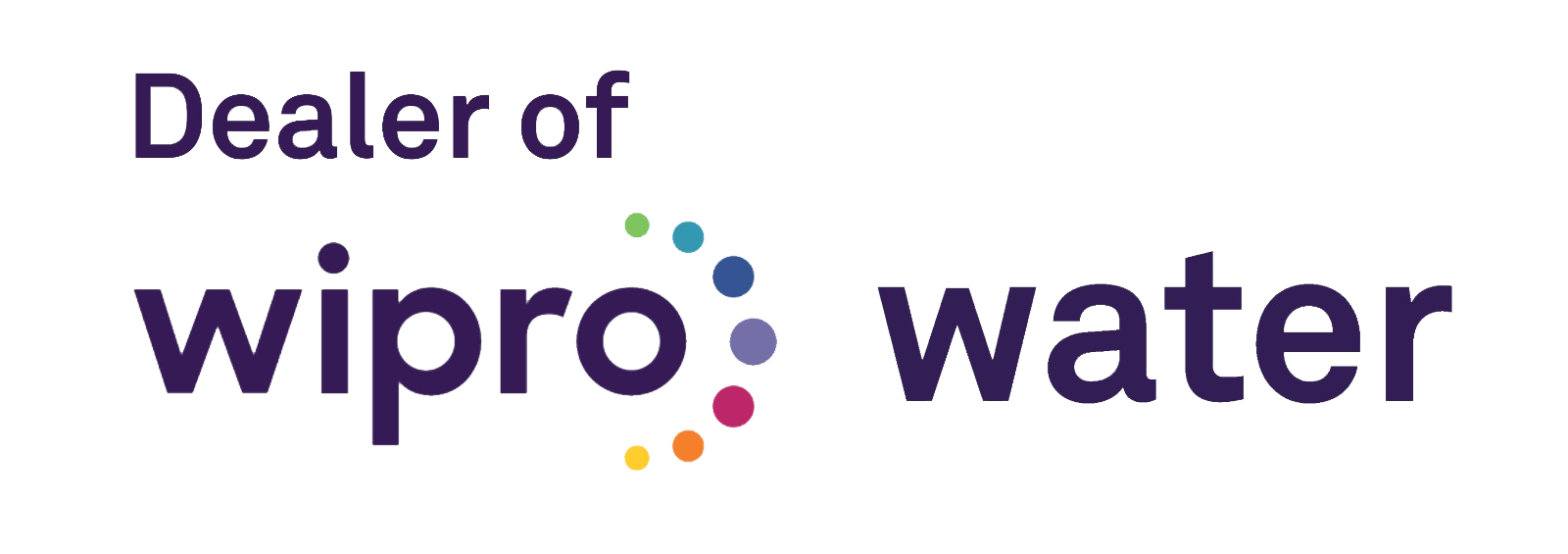
Evaporation Wastewater Treatment
Evaporation is a thermal process employed in wastewater treatment to concentrate and reduce the volume of liquid waste by converting water into vapor, leaving behind dissolved and suspended solids. This method is particularly effective for handling industrial effluents containing high concentrations of salts, heavy metals, and hazardous materials.
Process Overview:
Heating: Wastewater is heated to its boiling point, causing the water component to vaporize.
Vaporization: The water vapor separates from the contaminants, which remain as a concentrated residue.
Condensation: The vapor is then condensed back into liquid form, resulting in high-purity distillate suitable for reuse or safe discharge.
Advantages:
Volume Reduction: Significantly decreases the volume of wastewater, minimizing disposal costs.
Resource Recovery: Enables the retrieval of valuable by-products from the concentrated residue.
High-Quality Effluent: Produces distilled water that can be reused in industrial processes, promoting water conservation.
Applications:
Industrial Waste Management: Ideal for industries such as chemical manufacturing, metal plating, and pharmaceuticals, where wastewater contains complex contaminants.
Zero Liquid Discharge (ZLD) Systems: Evaporation is a key component in ZLD strategies, aiming to eliminate liquid waste discharge by recovering and reusing water.
Considerations:
While effective, evaporation systems can be energy-intensive and may require significant capital investment. Advancements in technology, such as mechanical vapor recompression and the use of alternative energy sources, are being explored to enhance energy efficiency and reduce operational costs.
In summary, evaporation serves as a robust solution for wastewater treatment, particularly in industrial applications requiring substantial contaminant removal and water recovery.

